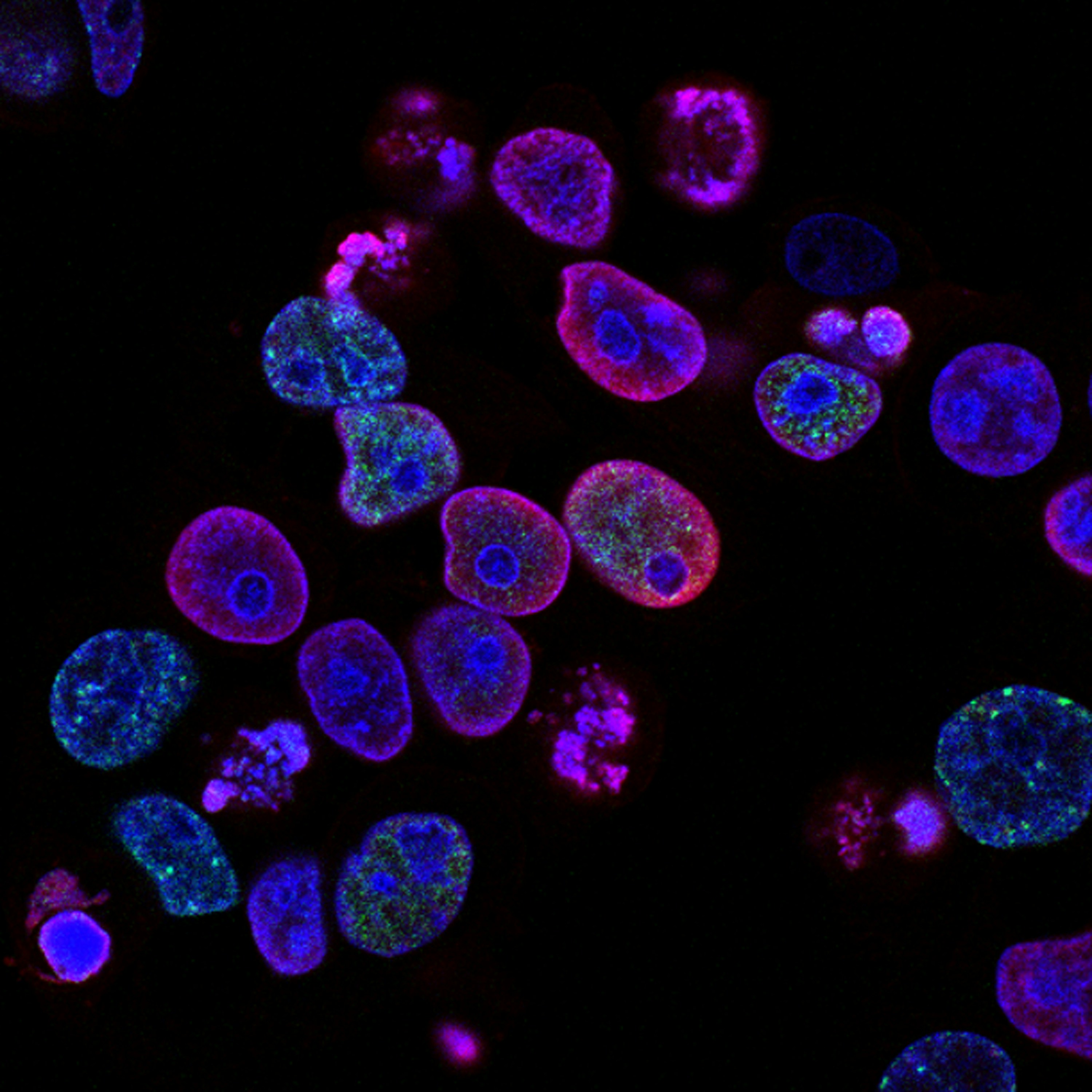Lipoma: Insights into Its Causes, Symptoms, and Treatment Options

Lipomas are one of the most common types of benign tumours, often presenting as soft, movable lumps under the skin. While they are usually harmless and painless, their appearance and location can sometimes cause discomfort or concern for the individual. This blog explores the causes, symptoms, and various treatment options available for lipomas, helping you to understand this condition better.

What is a Lipoma?
A lipoma is a benign tumour made up of fat cells. It is typically soft to the touch, often movable, and generally not tender. Lipomas are most commonly found on the torso, neck, upper thighs, upper arms, and armpits, but they can occur almost anywhere in the body. They are usually slow-growing and can vary in size, often ranging from a few millimetres to several centimetres in diameter.
Causes of Lipoma
The exact cause of lipoma formation is not well understood, but they are believed to be largely hereditary. Some genetic conditions, such as familial multiple lipomatosis, can cause a person to develop multiple lipomas. Other potential factors include minor injuries that may trigger the growth of a lipoma.
Symptoms of Lipomas
Lipomas are typically painless, but they can cause discomfort if they grow and press on nearby nerves or if they are situated in areas where they may be subject to repeated pressure. Visually, a lipoma is generally a soft, round lump that can be felt just under the skin. They are movable and have a rubbery texture. While lipomas are benign, any growth that is painful, inflamed, or rapidly increasing in size should be examined by a medical professional to rule out more serious conditions.
Diagnosis of Lipomas
The diagnosis of a lipoma is usually straightforward and can often be done through a physical examination alone. Your doctor might feel the lump to assess its texture and mobility, which are indicative of a lipoma. In some cases, especially if a lipoma is unusually large or painful, imaging tests such as an ultrasound or MRI may be recommended to confirm that it is not a more serious type of tumour.
Treatment Options for Lipoma
Most lipomas do not require treatment unless they are bothersome or cause discomfort. The following are some treatment options available:
Observation
Since lipomas are benign and usually do not grow rapidly, the simplest approach is often just to keep an eye on them. Regular check-ups may be suggested to monitor the lipoma for any changes.
Surgical Removal
For lipomas that cause pain or are cosmetically unappealing, surgical removal might be suggested. This is a simple procedure usually performed under local anaesthesia. The surgeon makes a small incision over the lump, removes the fatty tissue, and closes the incision. This procedure is generally safe and effective but can leave a small scar.
Liposuction
For larger or deeper lipomas, liposuction might be used to remove the fat. This procedure involves inserting a thin tube through a small incision to suck out the fatty cells. While this method can be less invasive than traditional surgery, there is a higher chance that the lipoma might recur since it is more difficult to remove all the fat cells completely.
Steroid Injections
In some cases, steroids may be injected directly into the lipoma, aiming to shrink it rather than remove it. This can reduce its size but often does not eliminate the lipoma entirely.
The Average Cost of Lipoma Removal
The average cost of lipoma removal can vary widely depending on the method used and the size of the lipoma. In the UK, surgical removal of a lipoma typically costs from £200 to £400 if done privately. Prices may vary based on the complexity of the procedure and the practitioner’s experience. However, if the lipoma is causing significant pain or is located in a sensitive area, the cost may be higher. It’s important to consult with a healthcare provider for an accurate assessment and to explore whether the procedure could be covered under the NHS or private health insurance.
Risks and Considerations
Although the removal of a lipoma is generally safe, there are some risks involved, including infection, bleeding, and the possibility of a scar. Additionally, there is a small risk that a removed lipoma can grow back, particularly if it was not completely excised. Deciding whether to treat a lipoma surgically is often a balance between the potential benefits and the risks of the procedure.
Conclusion
Lipomas are common and typically harmless, but understanding when they might require attention is important. Whether to opt for surgical removal or another treatment entirely depends on factors such as the lipoma’s size, location, and whether it causes pain or discomfort. If you suspect you have a lipoma, a consultation with a healthcare professional is advisable to discuss the best course of action and to ensure that it is not a more serious issue.
Spotted something? Got a story? Email: [email protected]
Latest News
